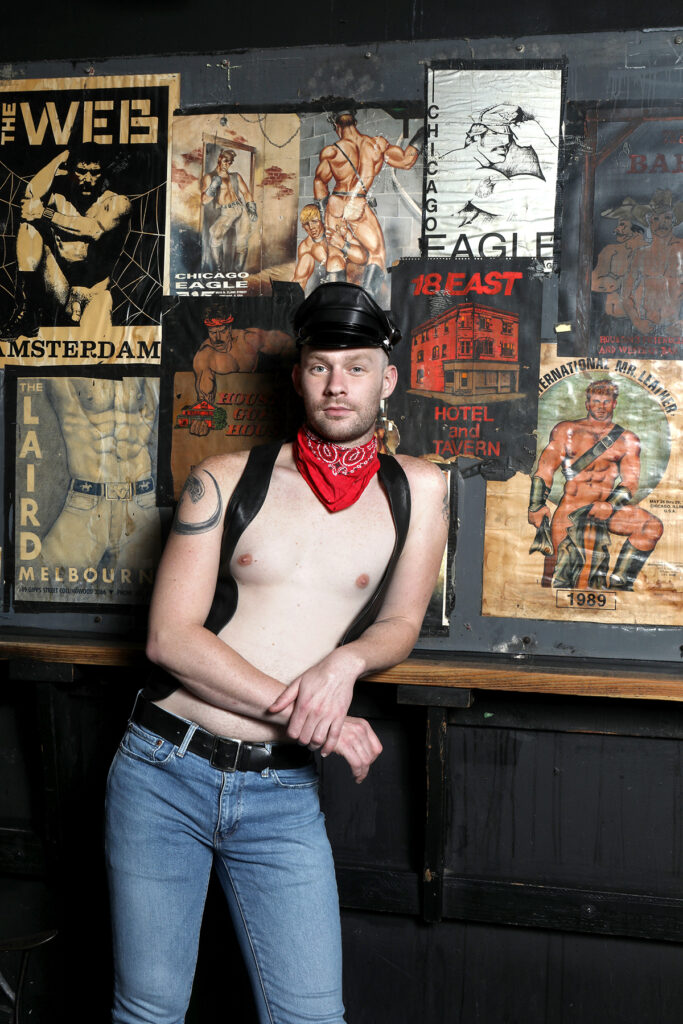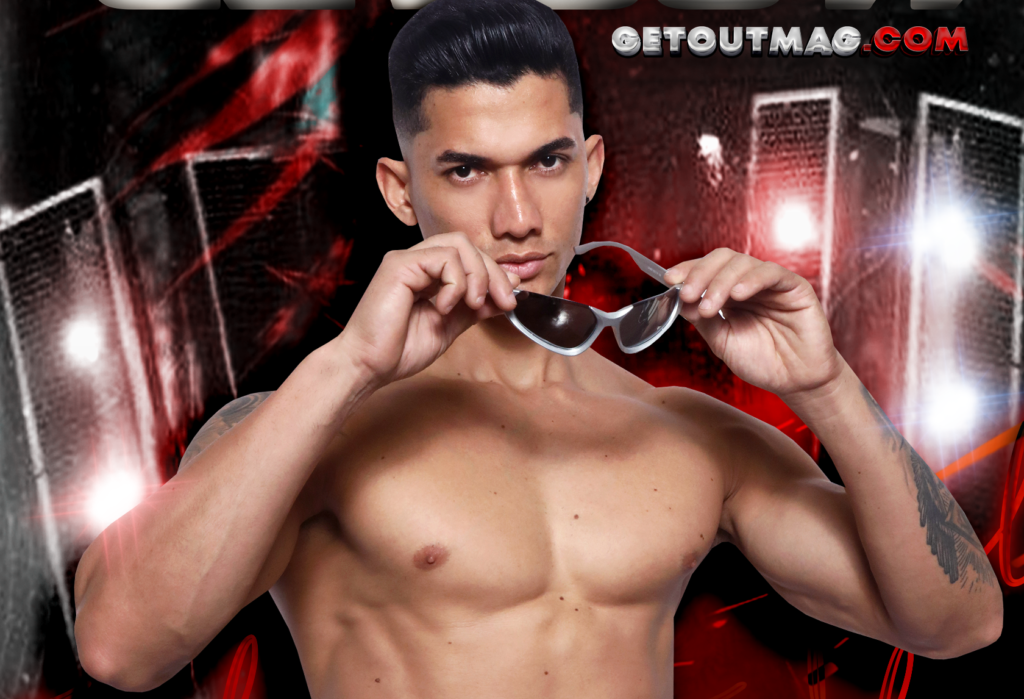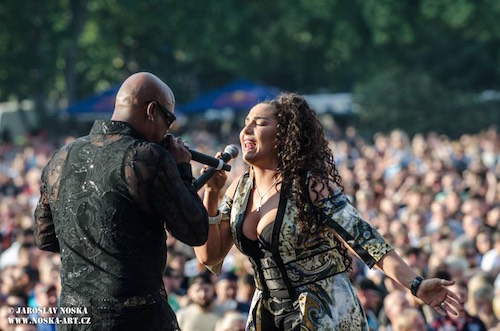A Little VOGUE Never Killed Nobody
///By Shea Zephir
There are those of us who will scoff at the idea of our destiny, and then there are others who simply take the risk of doing exactly what they lo ve to do. He may not have had an inkling of what it would be like to be a dancer or choreographer growing up in Brooklyn, but one scene in particular would change his whole world. The resurgence of the NYC underground ball culture has created many rising stars to date . The kinetic energy of ingesting this culture ’s metaphysical transformations with elaborate costumes of female icons and the grandiose structure of vouging choreography was this rising star ’s introduction to the world of performing arts. Captivated by this new urban subculture of artistic expression Dashaun Wesley incarnated his own style of dance that has takin g him to stages Across the globe.
Being a talent with more than 10 years of experience within the underground ball scene takes a tremendous amount of commitment, skill, style and grace, which is why Dashaun Wesley is a personality to watch in mainstream entertainment. Wesley’s innate talent and determination landed him on Season 4 of “America’s Best Dance Crew” with his group Vogue Evolution. Wesley’s crew sparked a rebirth of ball culture and let America see for the first time on MTV what his style and talent was all about. As America fell in love with Wesley, his career began to carry him to new heights. He has been featured in international ads for Coca Cola, has traveled to countries such as Helsinki, Finland, Hong Kong, China and others competing with the dance company, and continues to participate in balls as commentator. Dashaun spends his down time as a dedicated advocate for HIV/AIDS awareness and a youth facilitator. We caught up
with Dashaun for an interview and wanted to hear all about his latest project in Fergie’s video, “A Little Party Never Killed Nobody (All We Got)” from The Great Gatsby soundtrack.
What is your best memory about the underground scene that sparked your curiosity as a performer?
As an openly black, gay young man, I heard so many interesting things about the west Village and “The Pier.” I took a trip down Christopher St. and I noticed a few people following a guy with a huge radio and playing music, and they were dancing so uniquely. The
crowd ended up on the piers, and the crowd was still dancing and I was just amazed. After asking a few people questions, I was informed that the dance was called voguing. I returned to the West Village every day from that day just to watch and learn
Which do you enjoy more as an artist: performing or teaching, and why?
I think there is nothing like the ability to perform! Voguing has given me the ability to tell a story to spectators by my movement and personality, but I would have to say that I have been happy to teach others what I have seen and been taught over the years.
How did you feel when you booked your first major audition?
My first major audition had to be Coca Cola, which I happen to book thanks to Willi Ninja. Willi saw potential in my performance, and his ultimate goal was to take my talents to greater heights. So at the audition another voguer and I had the opportunity to audition first before other dancers, and we definitely wowed the panel. I was so excited to know that I was appreciated for a style that can be so shunned. Willi Ninja gave me the chance to be a part of that history.
What do people underestimate about dancers and their discipline?
I can honestly say that people do not appreciate dancers as much as they should. Whether back-up dancing or performing in front of crowds, dancers are as important as the musical artist and one might say work harder. Vogue was always looked at as a gay dance, and people were quick to marginalize it based on shortsighted ignorance. I am just as happy to show people what vogue is made of.
What have you learned on your travels across the globe about other styles and other dancers?
I have learned that every style, every person and every place has history. Everyone started from somewhere, and they ended up here to either learn or teach. What I cherish most about traveling and meeting other dancers is learning their history and being surprised at how much they are interested in your style just as much as you are.
What is your ultimate goal as an entertainer within the industry?
My ultimate goal is to take vogue to a place where it has never been before and to keep the legacy of vogue alive. I am very interested
in being a part of a sitcom or even a drama/comedic movie about vogue and ball scene, show the rivalry, the competition, the shade and importantly the family aspect.
As a legend in the ballroom scene, what advice would you give to the new generation of performers?
Do your research and hone your craft while creating a persona so unique that when you hit the floor the crowd goes wild. Anyone can know how to do it, but to know WHY you do it shares your experience to others.
This past month you hosted GMHC ’s The Latex Ball, which had the most diverse participants hailing from Russia, Japan and Ukraine. Based your travels teaching vogue performance, why do you think international interest has spiked in recent years?
I will say that YouTube and social networking has played a major part in reintroducing vogue and ballroom culture to an international audience. These platforms have given people who would have never seen vogue performance a chance to view its unadulterated roots and become fans.
You have performed for many celebrities, made television appearances and recently starred as a key dancer in Fergie’s video “A Little Party Never Killed Nobody (All We Got)” from The Great Gatsby soundtrack. Tell us about your experience working with Fergalicious.
That was actually my third time working with Fergie. She is a big fan of vogue performance and has a genuine respect for the ballroom scene and a pleasure to work with!








